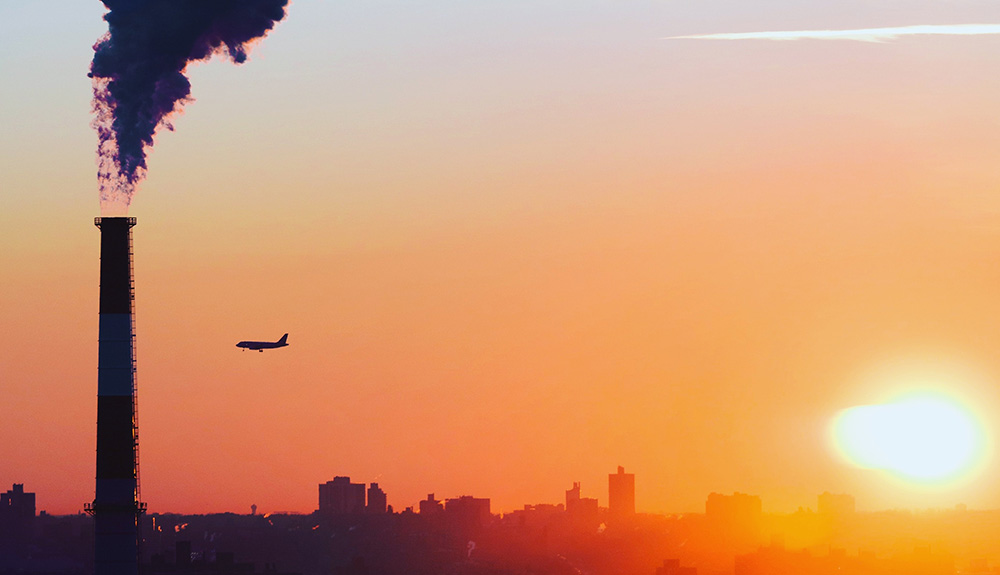In the fight to remain healthy, people focus primarily on nutrition and exercise — both critical aspects of a healthy lifestyle — but what often flies under the radar of the health-conscious is air quality. Air pollution can lead to many problems, not only environmental, especially among people who are particularly vulnerable, like those with asthma or COPD. Pollutants from vehicle exhaust, industrial emissions, smoke, road dust, and even pollen can make it more challenging for these individuals to breathe, leading to wheezing, coughing, or worse.
Pollutants can also make their way into the food supply. With a rise in pollution, comes an increased risk of respiratory infections, lung cancer, and heart disease. It is crucial to understand the potential pollution and air quality risks in your environment, so you know best how to protect yourself.
Air Pollution and Outdoor Exposure
The effects of air pollution vary based on location because exposure and air quality vary from place to place, often disproportionately. Minorities and people living in low-income areas are more likely to suffer the consequences of air pollution because housing is often within more industrialized districts, meaning plant and vehicular emissions are in abundance. Proximity is the main contributor to negative health effects.
Beyond proximity, the time and season, temperature, and weather play a role in pollution and air quality. While fine particles are typically most present in the mornings, high levels of ozone typically occur in the summertime, late afternoon. Unseasonably warm days or when temperatures reach levels above 90 degrees Fahrenheit, unhealthy levels of ozone can accumulate in the air. Finally, weather conditions, like fog, can often trap unhealthy levels of pollution in an area, especially when combined with little to no wind.

Air Pollution and Indoor Exposure
Did you know the air quality inside your home can be two to five times more polluted than the outdoors, sometimes even more? While people tend to discuss pollution as an outdoor issue, most Americans spend more than 90% of their time indoors, meaning the priority should be indoor air quality. Some of the most common indoor pollutants include:
- Smoke
- Radon
- Lead dust
- Carbon monoxide
- Mold
- VOCs
- Animal dander
- Pollen
- Dust mites
[insert page='Offer' display='content']
Protecting Your Health
While it can be challenging to avoid air pollutants, especially in an industrialized society, it is not impossible to improve the air quality you breathe. The key is to avoid as much pollution as possible; for example, when stuck in traffic, keep your windows closed and set the ventilation system to recirculate the air in the cabin. You can also avoid vehicle exhaust by choosing a less-traveled route. You should also avoid being around smoke and other sources of airborne pollutants.
If you are concerned about the air quality in your area, you can sign up for alerts. Many states provide air quality updates and warnings, and in most cases, you can find an app or email signup that will tell you when you should avoid outdoor activities and when the city or state is under an ozone advisory.

Air quality plays a vital role in overall health. When the air is heavily polluted, it can lead to increased risks of disease and infection. Do you know of any other tips or techniques to reduce your exposure level, or do you have any other interesting facts you would like to share? Leave a comment below and keep the conversation going.

